



























































































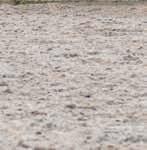




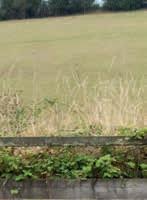



Did you know you can get so much more from your pony by fine-tuning his warm-up routine? All ponies are different, so assessing his way of going and riding through specific exercises that get him in the zone will help you have the best ride every time. Find out how I personalise my ponies’ warm-ups right here!


Your warm-up is the most important part of your riding session – without a thorough warm-up your pony is more likely to get injured. So, spend at least 15 minutes getting him in the zone and progressing through the paces to gradually allow his muscles to warm up.
Whether you’re doing polework, flatwork or popping some fences, your warm-up outcome will be the same – an active and responsive pony. What will differ is the exercises you do, so don’t forget to tweak your warm-up to suit the activity as well as the pony you’re riding. If you’re jumping, for example, you’ll need to incorporate a couple of fences to get the right muscles ready.
When you’re on board and ready to get started with your session, begin by walking large around the arena for at least five minutes – include changes of rein and lots of turns and big circles. Start by riding on a slightly longer rein and slowly shorten it, working your pony into a contact if you can.







Transitions are my go-to for getting Dora responsive, alert and working actively from her hindquarters. With her being a youngster, I need to keep things simple but interesting enough to stop her getting bored. I like to set up two markers at least 15m apart and use them as points for making transitions. I begin by riding halt-walk-halt transitions on both reins and then. as she gets more warmed up, we progress to trot-walk-trot, then canter-trot-canter. Towards the end of our warm-up, I ask Dora for a few direct transitions, such as halt-trot-halt – they really check whether she’s listening to my aids!
Need some guidance for riding the perfect transition? Here’s my checklist…












• sit tall and keep your eyes up
• relax your hips and seat to allow you to move with your pony


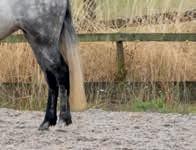

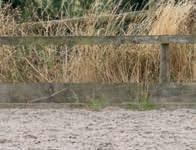





• when making an upward transition, allow your hands forward slightly and squeeze evenly with both legs




• when making a downward transition, close your fingers around your reins and keep your weight down into your heels


















































Ten top tips to help you nail every showjumping round!



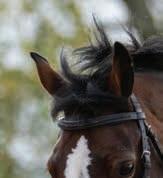
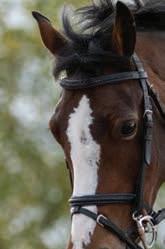


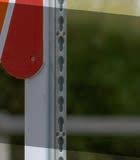






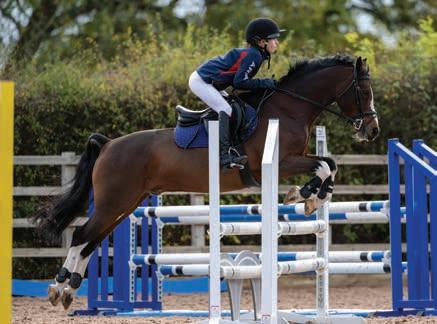





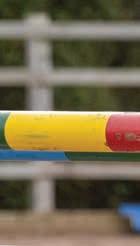


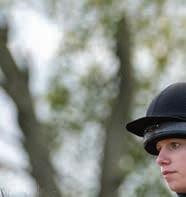

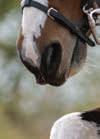









Desperate to ride your first clear round or looking to brush up your skills so your round looks totally effortless? Check out our top tips to help you achieve your showjumping goals!
Use your warm-up time wisely and make sure your pony is completely in the zone before starting your round. It’s no good going into the competition arena with him half asleep and not listening to your aids! Include lots of circles to get your pony supple, transitions to get him laser-focused on you and pop a few fences to make sure his muscles are fully warmed up.














The quality of your pony’s canter is really important when it comes to riding a clear round. If you can maintain an even canter rhythm, you’ll find it so much easier to hit the perfect stride and your pony will pop over fences with ease. Aim for your pony to be powering from his hindquarters, so include polework and riding up hills in his training routine to boost his strength. Work on developing a positive, punchy canter, but don’t mistake this for going fast. Think impulsion, not speed!













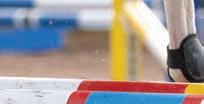





There are tons of exercises you can try to help improve your pony’s jumping technique, so why not give them a go in your next session? You could use high-sided cross poles, V poles and bounces or grids to fine-tune his skills at home!
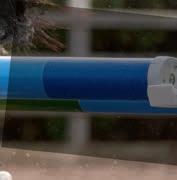

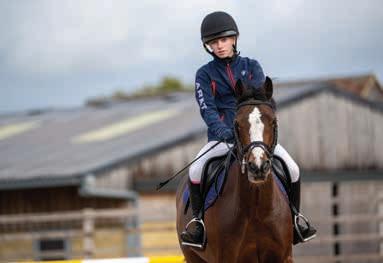
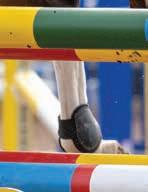

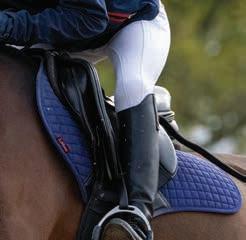



Setting up your pony on a good line to each fence is essential and your responsibility, not his! Think about riding a smooth turn onto your approach and maintaining a clear rhythm all the way into the fence. Keep channelling your pony straight with even aids and try not to change anything – for example, his pace and stride length – when you’re a few strides out, as this might put him off the task ahead. Allowing your pony to see the obstacle in plenty of time is sure to contribute to riding a fab clear, too.







The rehoming team at Redwings Horse Sanctuary spends lots of time desensitising ponies to many different objects, some unusual and others essential to their health and welfare. They do this to boost the ponies’ confidence and make sure they’re prepared for things they might face in their new homes. So, how can you do it, too?


Allow your pony plenty of time to get used to new objects he’s facing –rushing him might knock his confidence, so expect the process to take a couple of sessions.
Getting ponies used to wearing rugs and boots is important for their welfare because they protect ponies from bad weather and injury. When introducing your pony to these types of objects, gently rub them over his body so he starts to understand they’ll be attached to him before putting them on and securing them.
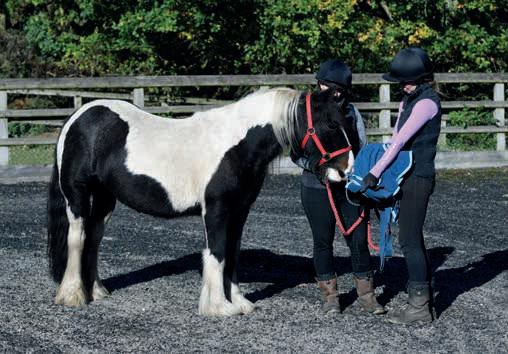
did you know?did you know?
The more your pony trusts you, the more confident he’ll feel about approaching new, unusual objects so spend lots of time building your relationship.









Some ponies can be really nervous with the vet or farrier, but making sure yours is happy with being handled and treated by other people will make life so much easier! If possible, get lots of different people to handle your pony on a regular basis.

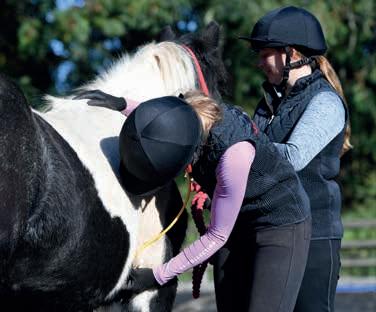
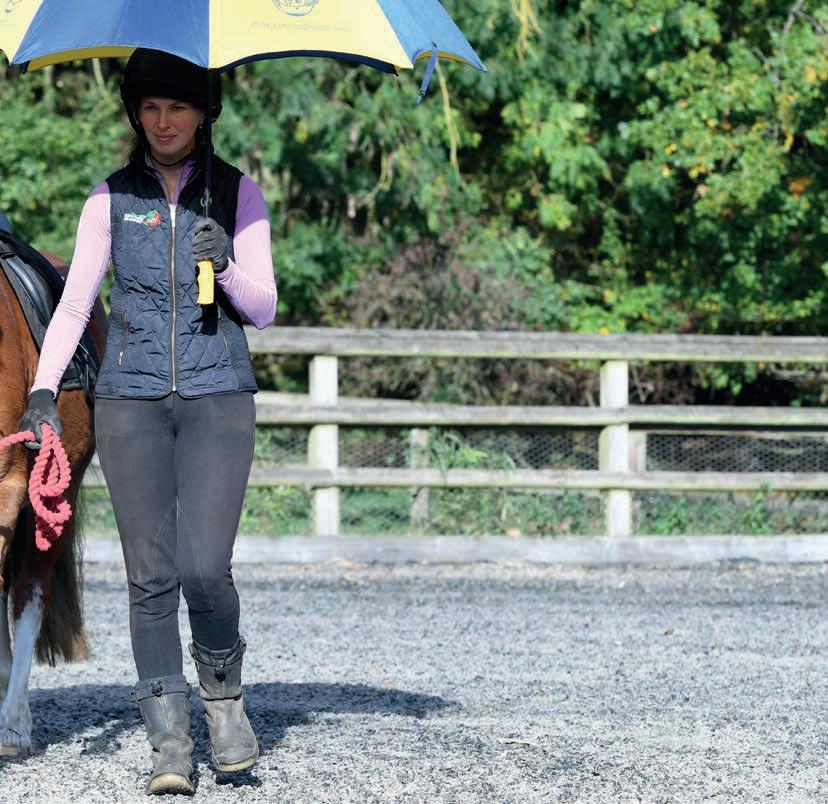
To get him used to having his heart checked, you could buy a toy stethoscope and practise placing it on his neck, back, and then, as he feels

confident, behind his elbow where the vet will listen to his heart rate.
Being able to cope with varying terrain means you can enjoy riding even more because your pony won’t be fazed! Your hacking route might take you across a wooden bridge, which can be spooky for a pony.
Although you can only desensitise your pony to the things he sees from a bridge, such as the cars passing underneath, by actually riding him over a bridge, you can get your pony used to the sound of his hooves will make on it in the safety of the arena by using a large wooden board.



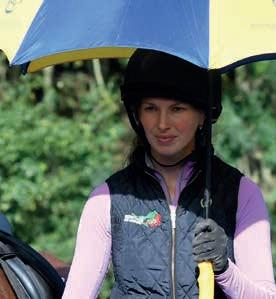
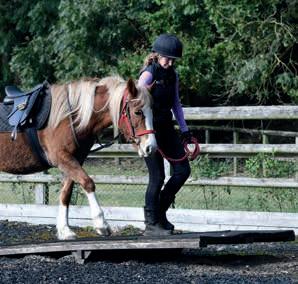
Desensitising your pony to objects he might not come across on a regular basis is a good idea because it will do wonders for his confidence when you’re out and about. For example, you might be hacking on a rainy day and come across a dog walker holding up an umbrella. The best thing to do would be to ask the person to stand still and close the umbrella before you get near, but familiarising your pony with these sorts of objects beforehand will mean he’s less likely to spook if they appear unexpectedly.
